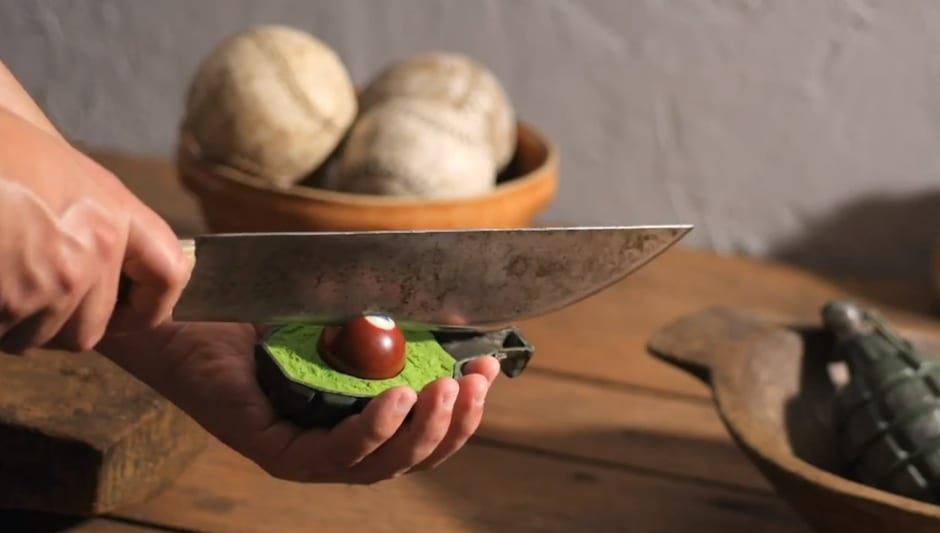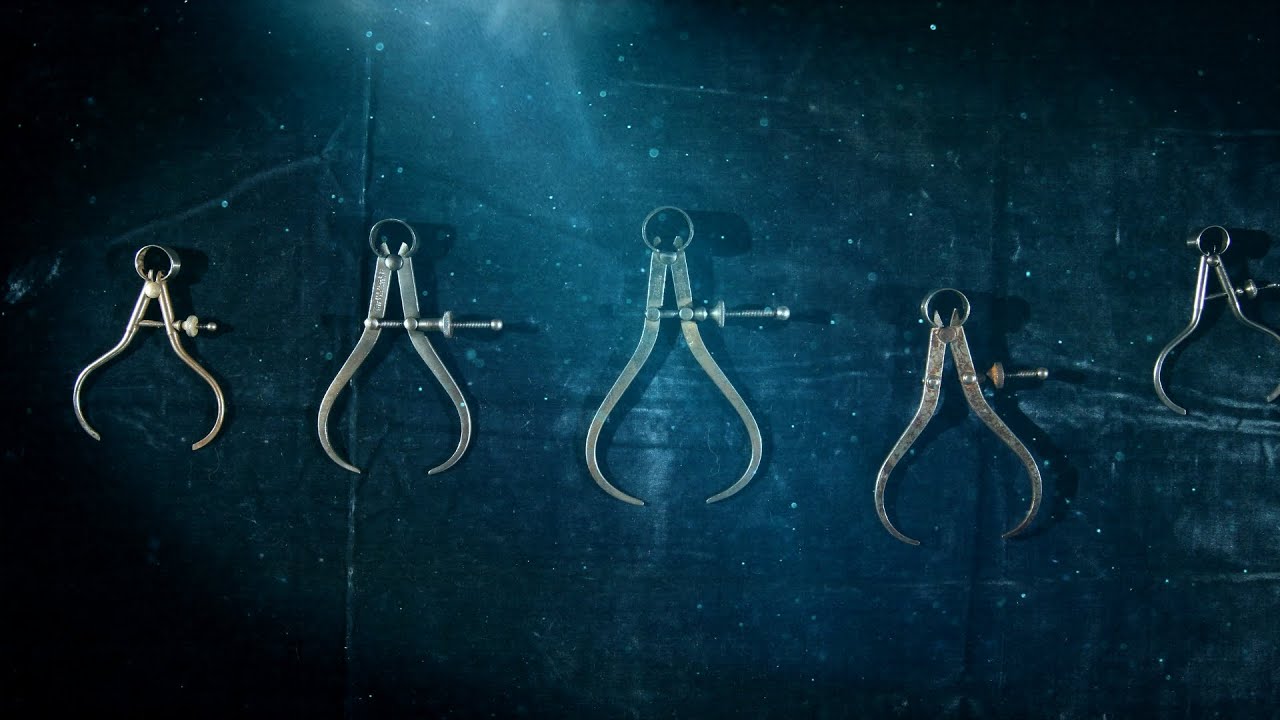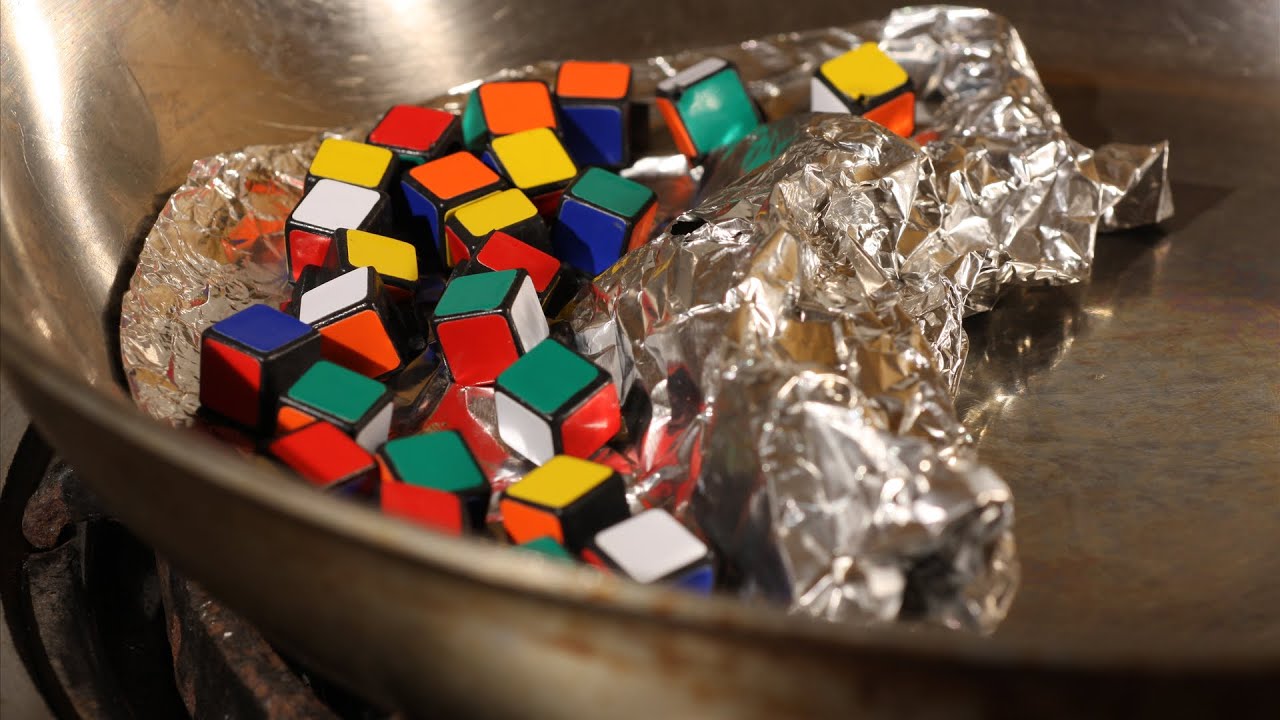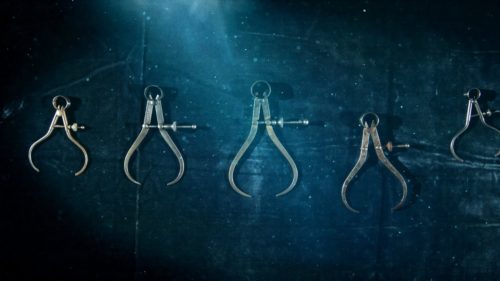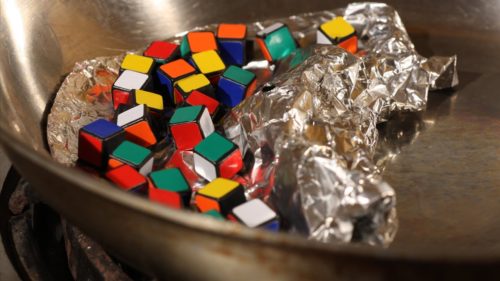Fresh Guacamole is your second short film for US TV channel Showtime. What was the brief or were you given free creative reign?
I did The Deep with them last year, as part of their Short Stories series. There was no brief whatsoever. It was simply “We like your stuff and want you to make your next film with us.” This is the kind of work I am interested in doing these days: getting paid to make original content.
What’s your process for shaping your ideas? Do you sketch storyboards?
In general, I never sketch storyboards for my own films. I jot my ideas down in words. I am very involved with searching and finding the objects for my films: first, because I like to do it; and second, because trolling through antique stores, flea markets, and eBay is part of my creative process. I find it relaxing, and it’s a great way to come up with new ideas.
Sometimes, when I get close to shooting, I may do an animation test to figure something out, or to help make the right decision between several options.
With Fresh Guacamole, I did a rough pass at animating the entire film and cut it together, a poor man’s animatic. With this animatic, I just set up the camera, blasted some light in there, and shot it roughly just to map out the action. I suppose this could be considered the equivalent to ‘sketching’ in my world. Took about four days of work to do this, but it helped me determine exactly how to end the film, what the pacing should be, and the order of the ingredients.
Every film I make presents different challenges and requires different solutions. With The Deep, there was no sketching or animatics. I had collected the objects over the course of five years of flea market and junk-shopping — little metallic pieces that somehow struck me as deep sea creature-like. I kept them in a drawer for years. Every time I bought a new piece, I would add it to this drawer.
Then, one day, when I felt like I had a enough pieces, and the idea crystalized in my mind, I just locked myself in a dark studio and made the film. My process of shooting was to fit the pieces together like a jigsaw puzzle and, when I was happy with a creature or an environment I created, I animated it. No prep, no drawings, I just did it. It was a more spontaneous, experimental way of working for me. Non-narrative, tonal, free association.
With Fresh Guacamole, I had the core idea of a grenade as an avocado. Even though this type of grenade is referred to as a “Pineapple Grenade” I’ve always thought they looked more like avocados. I built the film around this idea, filling in the blanks and the ingredients around it.
It was the same with Western Spaghetti – I initially had the idea of Pick-up sticks as uncooked spaghetti turning into rubber bands as cooked spaghetti. Once I had each of these core ingredients, I worked on the ideas to fully flesh them out.
The use of live action is so clever. How did you perfect this technique?
One of the things that helped in making Fresh Guacamole smooth is that in real life I am a decent cook. I know how to handle a knife and can draw on this knowledge in breaking it down into a still image sequence.
Animating your own body like this requires a balance of math and art. I make a quick computation in my head about how many frames I need to make something look the way I want it to, then intuition has to kick in and I have to trust my instincts while animating. I definitely have to enter a zone.
The technique is called pixilation, a subset of stop-motion. I didn’t invent it, people have been doing it for a century. With pixilation you treat the body like a large puppet, just like I did with my hands in Western Spaghetti, my first cooking film; or the way I used two kids in Human Skateboard a few years back. It’s the same principle as animating a small puppet made of clay or latex, it’s just done with a full-sized body. That’s the great thing about stop-motion: anything that can be put in front of a camera can be brought to life, and it’s why people are constantly coming up with cool new things to do with it.
And so what is the shooting process like?
I stand there at the table, holding out my hands like a statue. I breath lightly to minimize movement of my body. I look at the video feedback monitor positioned nearby and decide if need to adjust my hands any more, or if I’m ready to take the shot. If I’m happy, I say “Take it” and my co-animator takes the shot. Then I move my hands slightly to the next position. We do this 1500+ times over the course of six weeks.
Guacamole sees a return to your brightly lit, colourful stop frame after your more mysterious, darker The Deep. What was behind this decision?
It was just me trying to do the right thing for each idea. Really nothing more than that.
Apart from Fresh Guacamole and The Deep what are your three favourites and why?
I don’t generally think much about my past films. So this is a strange question to answer. But I would say I am proud of:
Western Spaghetti – because I think the idea of a cooking film was a perfect fit with my “substituting objects” technique (and that’s why I did a second cooking film with Fresh Guacamole to explore this further).
Game Over – I made this film entirely on my own without a single ounce of outside help. There is great joy in not relying on other people in a creative endeavor.
Human Skateboard – the only commercial I ever shot that feels like a personal idea. It’s like something I would have come up with on my own.
